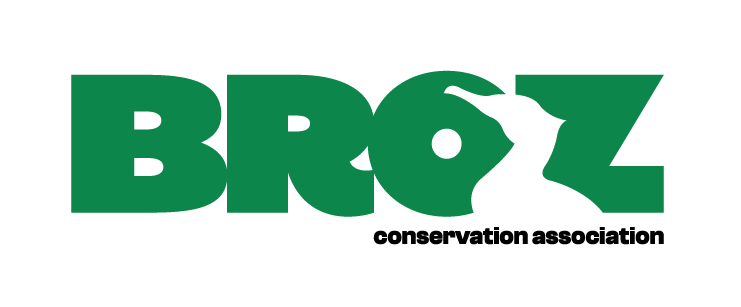Dobrá Voda is one of the few villages that lie hidden in the middle of the massif of the Little Carpathians. In the past, most of their territory did not provide a very suitable environment for people to farm other than forestry, and so they settled rather on the edges of this mountain range. What makes Dobrá Voda special in this respect can be easily deduced from its name which translates to Good Water. Our ancestors discovered abundant water resources here. The geological bedrock here consists of Mesozoic limestones and dolomites, which are easily permeable to water. The water underground forms an extensive network of fissures and caves and comes to the surface in the form of springs. Above, however, on limestone slopes with shallow soil, conditions are very different, generally very dry and hot.
These conditions have given rise to rare habitats on the unforested cliffs, which are known professionally as xerotherms. There were many more of these in the Brezovské Karpaty Mountains, which includes the Dobrá Voda district, until the middle of the last century than there are today. Until then, people had to make use of every available piece of land for their livelihood, including such poorly fertile places where flocks of sheep and goats grazed. However, after major societal changes, grazing land was gradually abandoned or artificially reforested, often with non-native species such as black pine.
The xerotherms of the Brezovské Karpaty are associated with a number of rare plant and animal species. These include, for example, several orchids, spring peasant’s eyes (Adonis vernalis), greater pasque flowers (Pulsatilla grandis) and Dianthus lumnitzeri plants. Their fate today, however, is directly dependent on whether we start to care for them again or let them disappear in the shade of woody and non-native plants. That’s why, as part of the LIFE Endemic PANALP project, we decided to join forces with local residents who care about the local nature.
Last year, we focused mainly on the restoration of plots of the local urban estate in the Dobrá Voda area. Thanks to our initiative, a young farmer from the village obtained a long-term lease. Although he had farmed here before, he was unable to get to several places with his animals because of the trees. Thanks to the project funds, we managed to clean them up, again with the involvement of active locals. Livestock – cows and goats – also returned to some of the restored areas last year after a long time. The traditional grazing area above Dobrá Voda is thus expanding from the original 5 hectares to about twice as large, under the direction of a local farmer. In addition, we are making progress on preparing the conditions for the restoration of grazing on another private area of approximately 16 hectares, where we are working with another local farmer to bring grazing back.
We are very pleased that together with the return of ungulates we are also seeing the spread of rare species tied to flowering meadows in the middle of the Brezovské Karpaty Mountains. For example, during the spring work on the fences we discovered the rare orchid Ophrys holubyana or the hoopoe bird. The latter probably nests here, too, in the hollows left by the old solitary trees. Both of these species are the so-called umbrella species.
Restoration of grazing is progressing also in the vicinity of Dobrá Voda
You are here:
- Home
- Protection of habitats
- Restoration of grazing is progressing…



